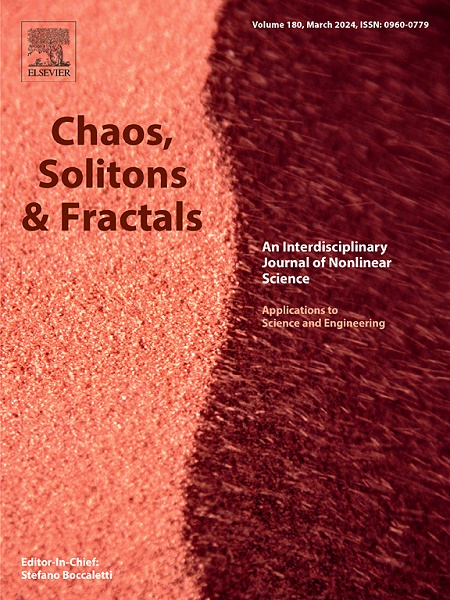Dynamic multi-graph spatio-temporal learning for citywide traffic flow prediction in transportation systems
IF 5.6
1区 数学
Q1 MATHEMATICS, INTERDISCIPLINARY APPLICATIONS
引用次数: 0
Abstract
The complexity and dynamic nature of urban traffic systems necessitate efficient resource management for accurate traffic flow forecasting, enabling real-time adaptation and optimized resource allocation. Recent advancements in multi-graph spatio-temporal graph neural networks (STGNN) have demonstrated their capability to capture spatio-temporal correlations at multiple scales, significantly improving prediction accuracy. However, a persistent challenge lies in effectively aggregating neighborhood information for node representation learning, particularly in scenarios with sparse connectivity. To address this limitation, we propose an Attention-based Dynamic Multi-Graph Module (ADMGM) for traffic prediction, integrating Federated Learning (FL) within a Multi-Access Edge Computing (MEC) architecture. Our approach incorporates an Adaptive Enhancement Module (AEM) deployed at the edge, pre-trained to process high-volume, heterogeneous data from IoT devices. The ADMGM model comprises four key components: closeness, daily, weekly, and an external branch, each contributing to a comprehensive spatio-temporal representation of traffic dynamics. The AEM leverages long-term historical data at each node, capturing inter-node dependencies to generate enriched feature representations while enhancing the model ability to generalize across diverse traffic patterns. Furthermore, we introduce a clustered feature correlation graph to uncover latent relationships within long-term time series data, thereby strengthening spatio-temporal modeling. Extensive experiments on the TaxiBJ and BikeNYC datasets demonstrate that our model significantly reduces prediction errors, achieving state-of-the-art performance in traffic forecasting.
交通系统中城市交通流预测的动态多图时空学习
城市交通系统的复杂性和动态性要求有效的资源管理,以实现准确的交通流量预测,实现实时适应和优化资源分配。近年来,多图时空图神经网络(STGNN)已经证明了其在多尺度下捕获时空相关性的能力,显著提高了预测精度。然而,一个持久的挑战在于有效地聚集节点表示学习的邻域信息,特别是在具有稀疏连接的场景中。为了解决这一限制,我们提出了一种基于注意力的动态多图模块(ADMGM)用于流量预测,将联邦学习(FL)集成在多访问边缘计算(MEC)架构中。我们的方法结合了一个部署在边缘的自适应增强模块(AEM),预先训练以处理来自物联网设备的大容量异构数据。ADMGM模型包括四个关键组成部分:距离、每日、每周和外部分支,每个部分都有助于全面的交通动态时空表征。AEM利用每个节点的长期历史数据,捕获节点间的依赖关系,以生成丰富的特征表示,同时增强模型跨不同流量模式进行泛化的能力。此外,我们引入聚类特征相关图来揭示长期时间序列数据中的潜在关系,从而加强时空建模。在TaxiBJ和bikenc数据集上的大量实验表明,我们的模型显著降低了预测误差,实现了最先进的交通预测性能。
本文章由计算机程序翻译,如有差异,请以英文原文为准。
求助全文
约1分钟内获得全文
求助全文
来源期刊

Chaos Solitons & Fractals
物理-数学跨学科应用
CiteScore
13.20
自引率
10.30%
发文量
1087
审稿时长
9 months
期刊介绍:
Chaos, Solitons & Fractals strives to establish itself as a premier journal in the interdisciplinary realm of Nonlinear Science, Non-equilibrium, and Complex Phenomena. It welcomes submissions covering a broad spectrum of topics within this field, including dynamics, non-equilibrium processes in physics, chemistry, and geophysics, complex matter and networks, mathematical models, computational biology, applications to quantum and mesoscopic phenomena, fluctuations and random processes, self-organization, and social phenomena.
 求助内容:
求助内容: 应助结果提醒方式:
应助结果提醒方式:


